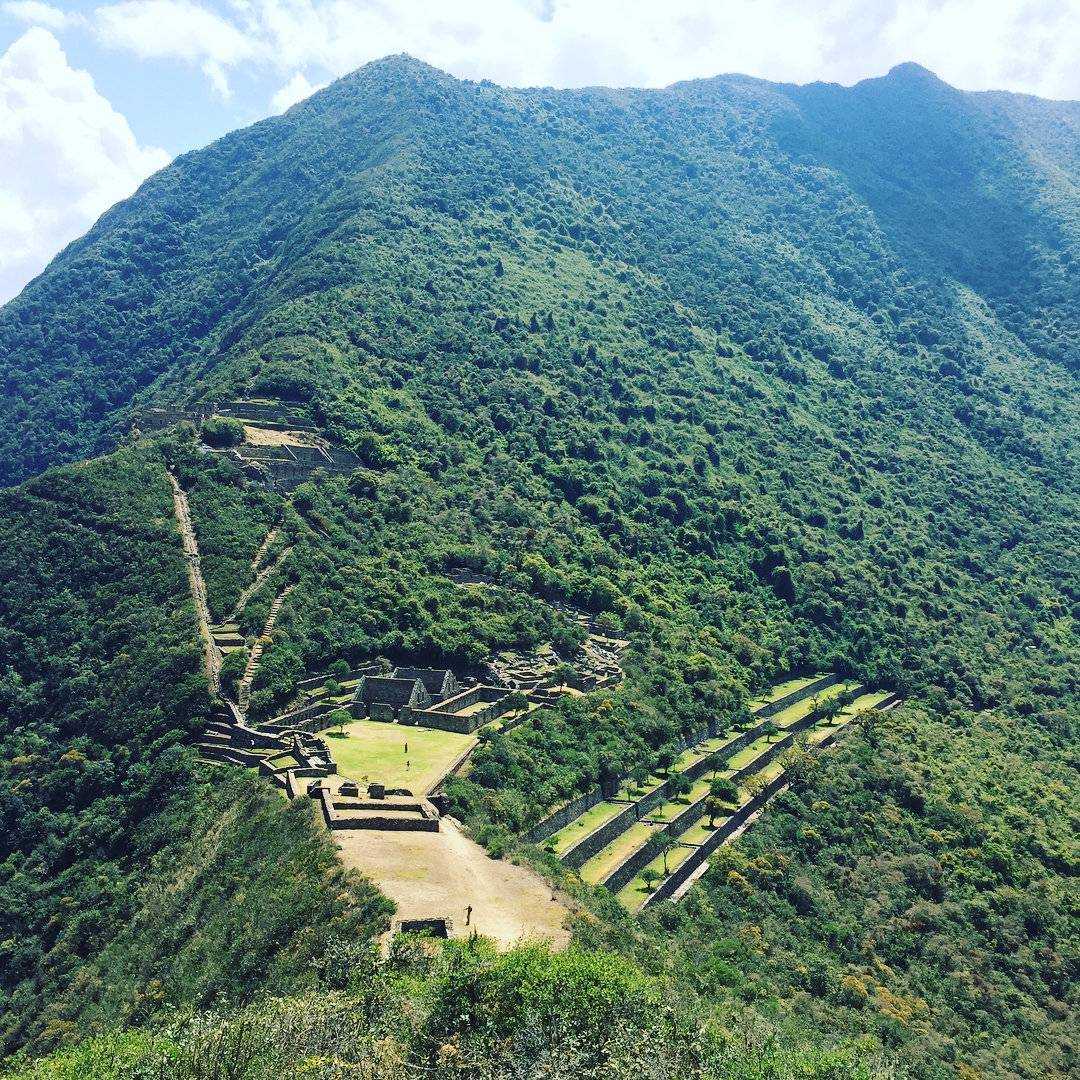Choquequirao, often referred to as the ‘sister city’ of Machu Picchu, is a hidden gem nestled in the Peruvian Andes. This ancient Incan city is shrouded in mystery, its origins and purpose still largely unknown. Unlike its famous counterpart, Choquequirao remains largely unexplored, its remote location and challenging terrain making it a less accessible but equally fascinating destination for history enthusiasts and adventurous travelers alike.
Get your dose of History via Email
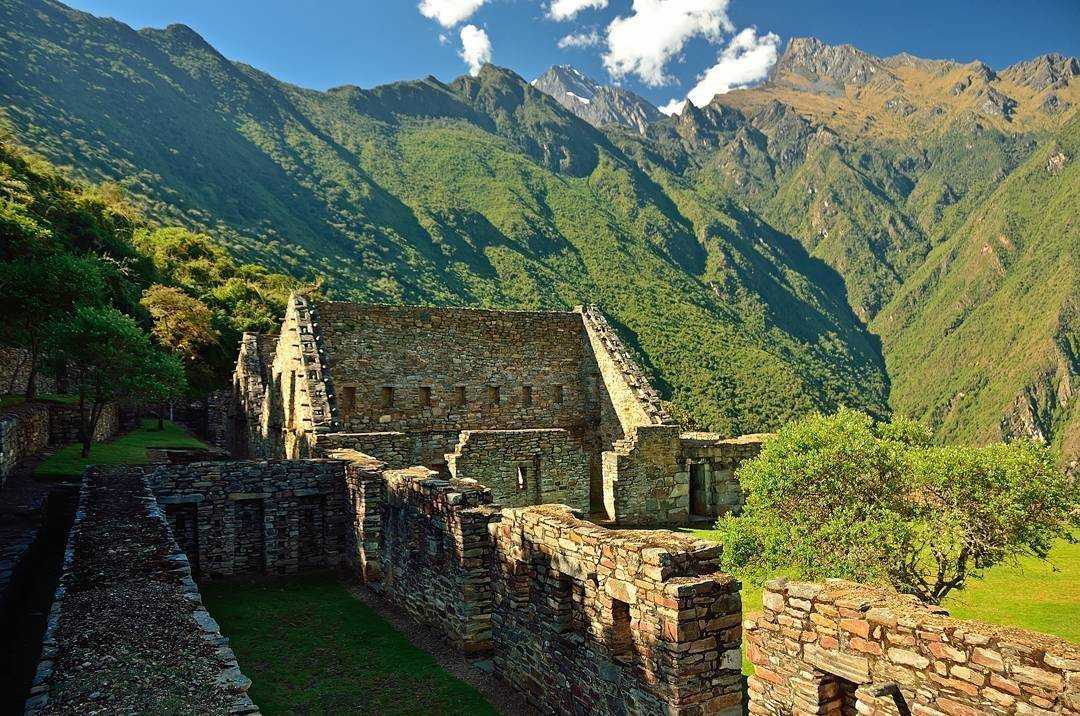
Historical Background of Choquequirao
The history of Choquequirao is shrouded in mystery. Believed to have been built during the reign of the Inca emperor Pachacuti in the 15th century, it served as a royal estate and ceremonial center. After the Spanish conquest, Choquequirao was abandoned and forgotten until its rediscovery in the 18th century.
Choquequirao’s remote location and challenging terrain have made it difficult to explore and excavate fully. Despite this, ongoing archaeological work has revealed a city of remarkable complexity and sophistication, with terraced fields, water channels, and impressive buildings.
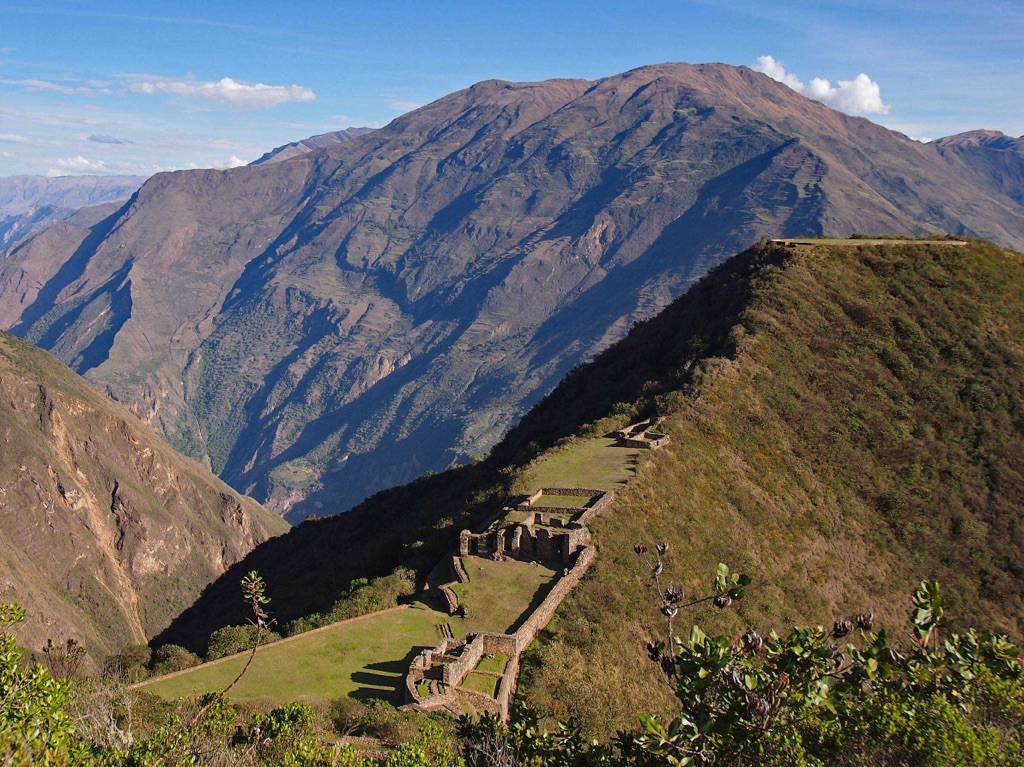
Interestingly, Choquequirao is thought to have served as a stronghold for the last Incan rebels who resisted Spanish rule. This lends an air of defiance and resilience to the site, further adding to its allure.
Today, Choquequirao is recognized as a cultural heritage site by the Peruvian government. However, its remote location and the difficulty of access mean that it receives only a fraction of the visitors that flock to Machu Picchu.
Efforts are underway to make Choquequirao more accessible to tourists, with plans for a cable car system in the works. While this could help boost tourism and local economies, it also raises concerns about the preservation of the site and its surrounding environment.
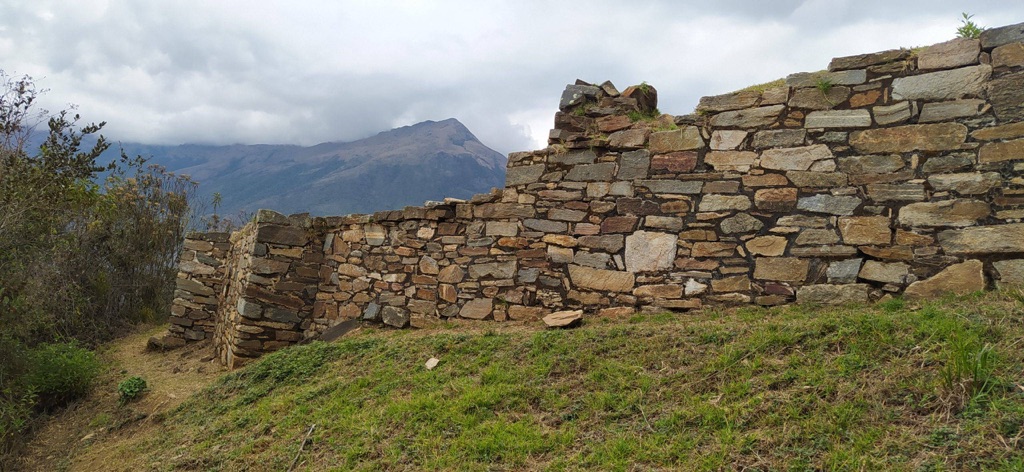
Architectural Highlights/About the Artifact
Choquequirao is a testament to Incan architectural prowess. The city is built on a series of terraces carved into the steep slopes of the Apurimac Valley, with buildings constructed from finely cut and fitted stone.
The city’s layout reflects the Incan’s sophisticated understanding of their environment. Buildings and terraces are aligned with the cardinal directions and astronomical events, demonstrating the Inca’s advanced knowledge of astronomy and geography.
Among the city’s most notable features are its terraced fields, which showcase the Inca’s advanced agricultural techniques. These terraces allowed the Inca to cultivate a variety of crops in the challenging mountainous terrain.
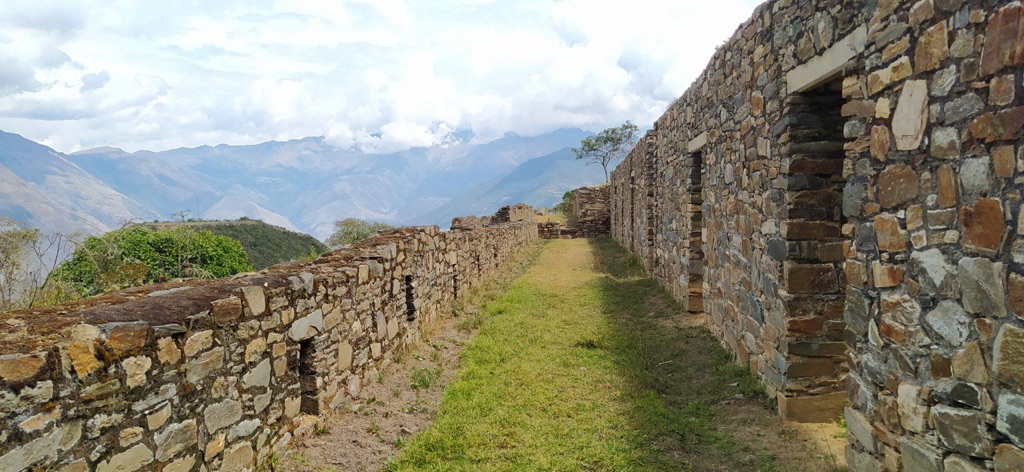
Another striking feature of Choquequirao is its series of stone platforms, thought to have been used for ceremonial purposes. The most famous of these is the ‘llama terraces’, a set of platforms decorated with stone llamas in high relief.
Despite ongoing archaeological work, much of Choquequirao remains unexcavated. This leaves much to be discovered about this fascinating city and its architectural treasures.
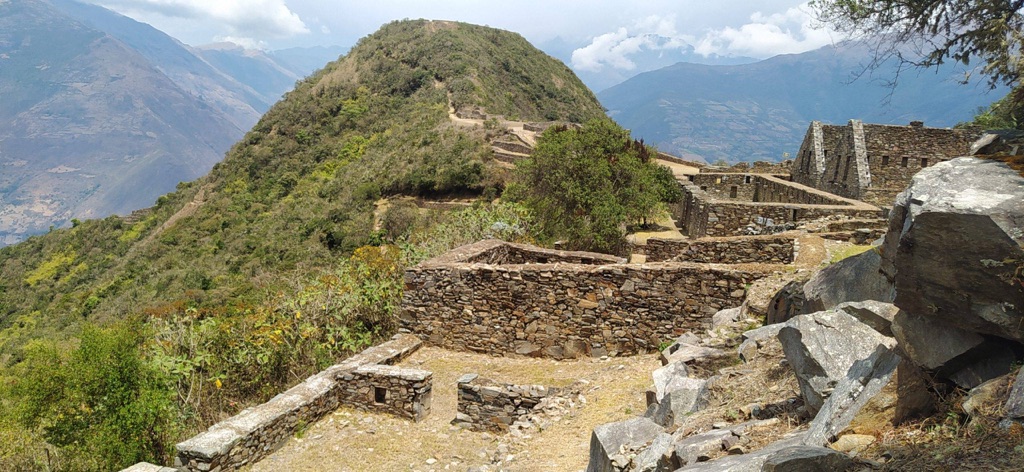
Theories and Interpretations
There are many theories about the purpose and significance of Choquequirao. Some believe it was a royal estate, similar to Machu Picchu. Others suggest it was a ceremonial center or a stronghold for the last Incan rebels.
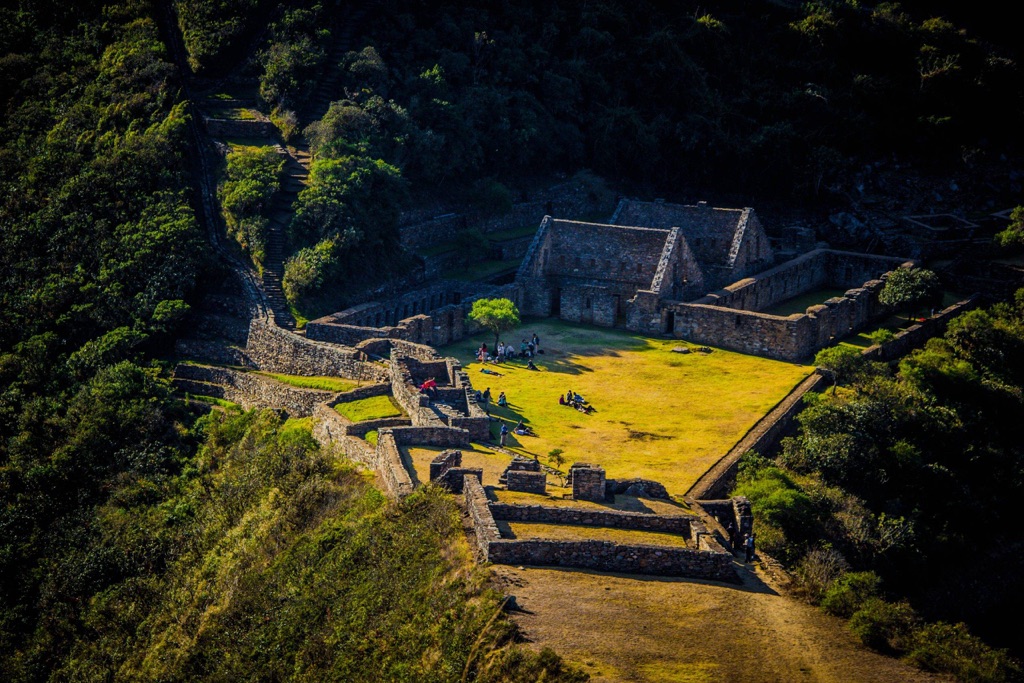
One popular theory is that Choquequirao was a ‘check point’ for access to the Vilcabamba, the last refuge of the Incan empire. This would explain its strategic location and the presence of military-style architecture.
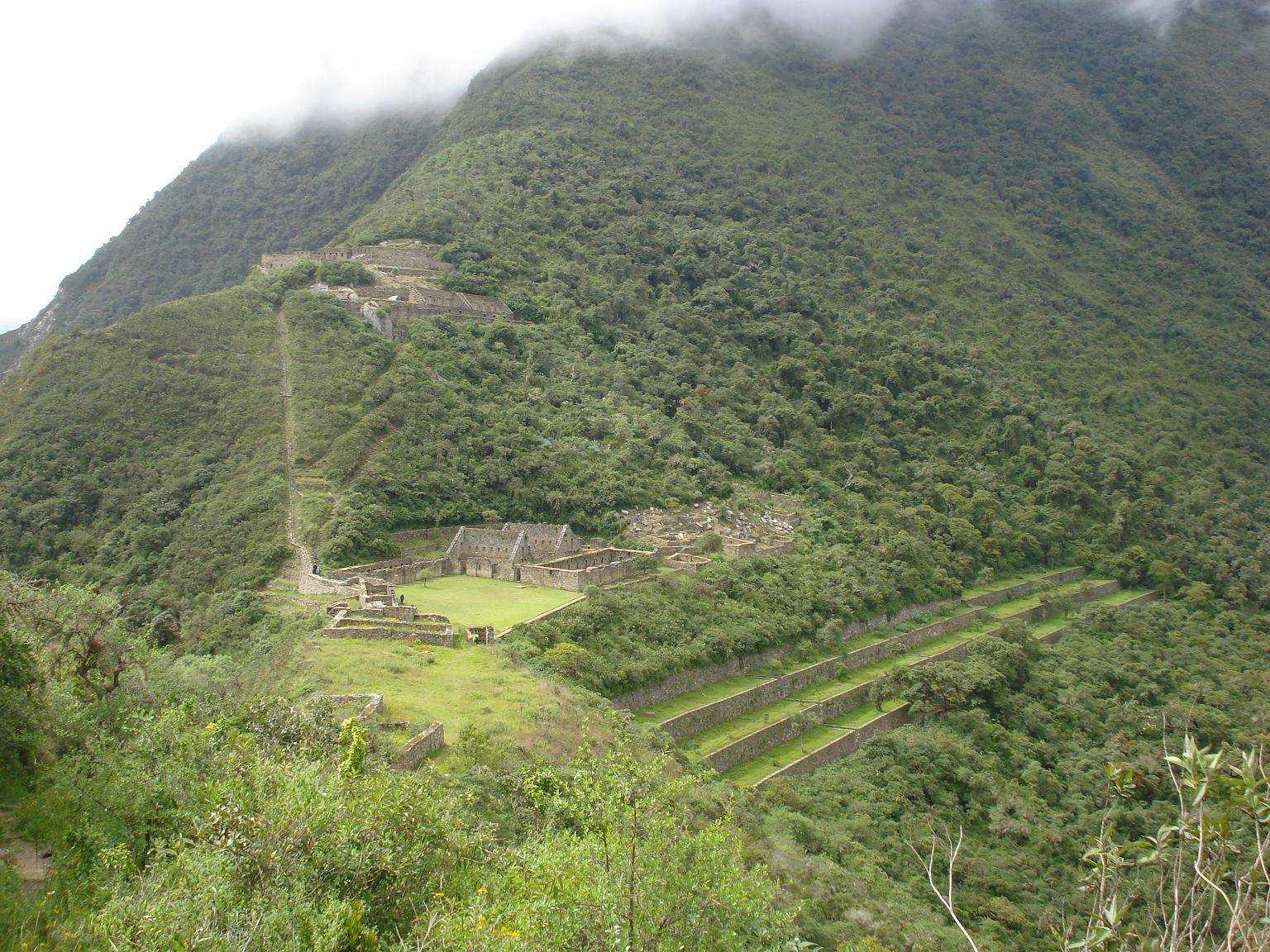
Another theory is that Choquequirao was a sacred site, with its buildings and terraces aligned with celestial events. This is supported by the presence of ceremonial platforms and the city’s alignment with the cardinal directions.
Despite these theories, much about Choquequirao remains unknown. Ongoing archaeological work continues to reveal new insights about this enigmatic city, adding to our understanding of Incan culture and civilization.
As more of Choquequirao is excavated and studied, it is hoped that we will gain a clearer picture of its purpose and significance in the Incan world.
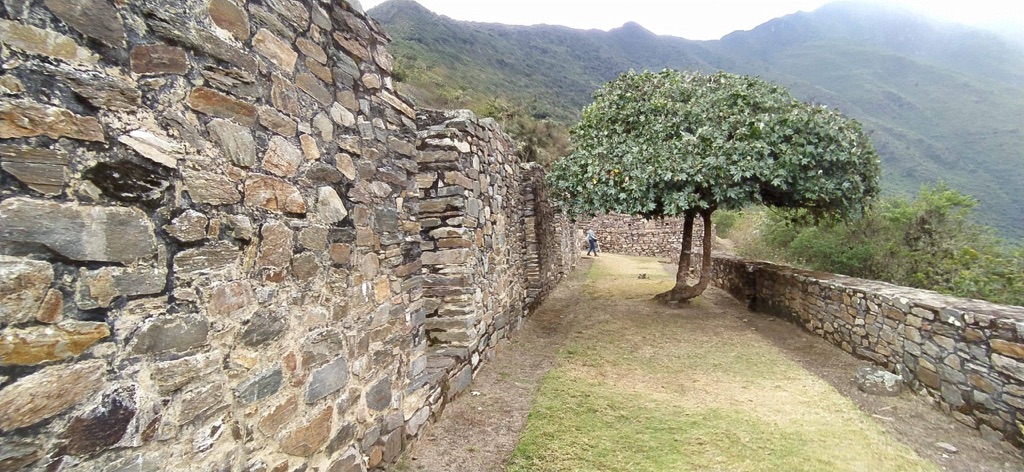
Good to know/Additional Information
Visiting Choquequirao is a challenging but rewarding experience. The site is only accessible by a two-day hike through the Andes, making it a destination for the adventurous traveller.
The hike to Choquequirao takes you through stunning landscapes, with breathtaking views of the Apurimac Valley. Along the way, you may spot a variety of wildlife, including condors, orchids, and butterflies.
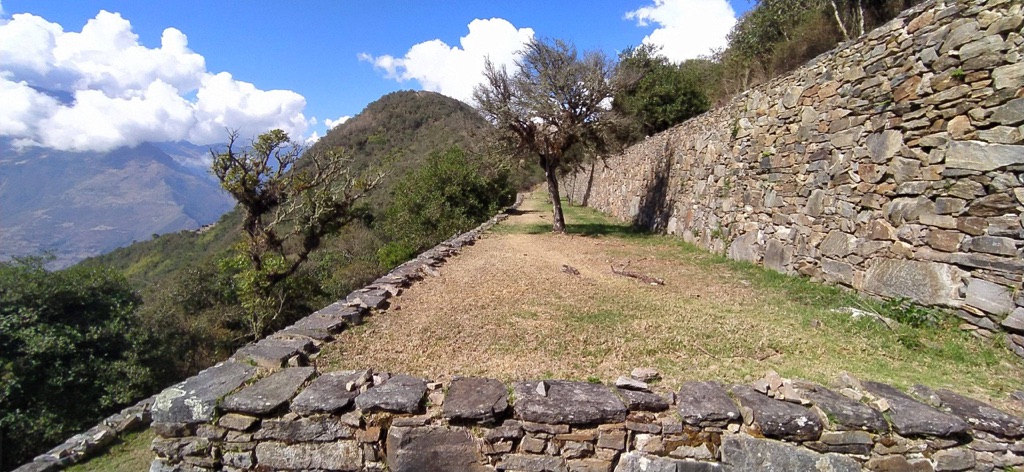
Despite its remote location, Choquequirao offers basic amenities for visitors. There are campsites along the trail and at the site itself, and local guides are available to help navigate the challenging terrain.
Visitors to Choquequirao are advised to be prepared for the challenging conditions. The hike is strenuous, and the altitude can cause sickness. It is recommended to acclimatize in Cusco or another high-altitude city before attempting the hike.
While visiting Choquequirao, it is important to respect the site and its surroundings. This means staying on designated trails, not disturbing wildlife, and taking all trash with you when you leave.
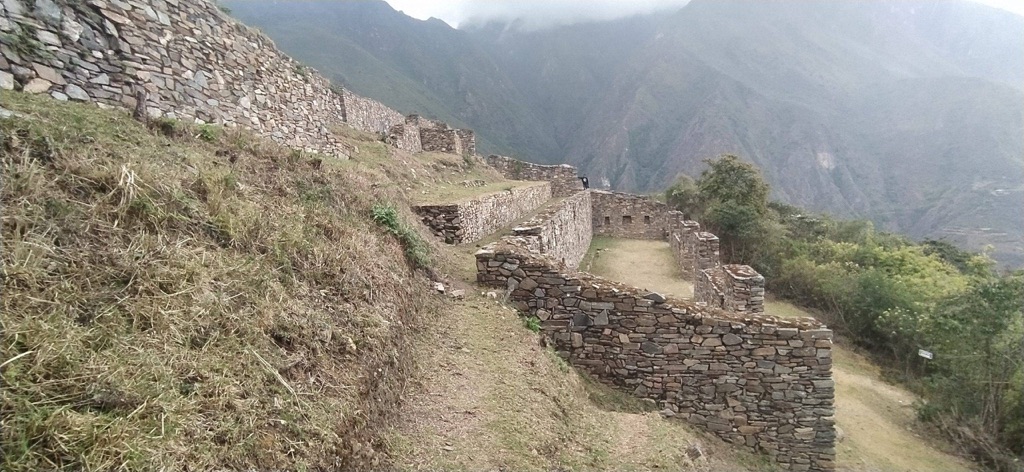
Conclusion and Sources
Choquequirao is a fascinating glimpse into the past, offering a unique insight into Incan culture and civilization. Despite its challenges, a visit to Choquequirao is a rewarding experience for those willing to venture off the beaten path.
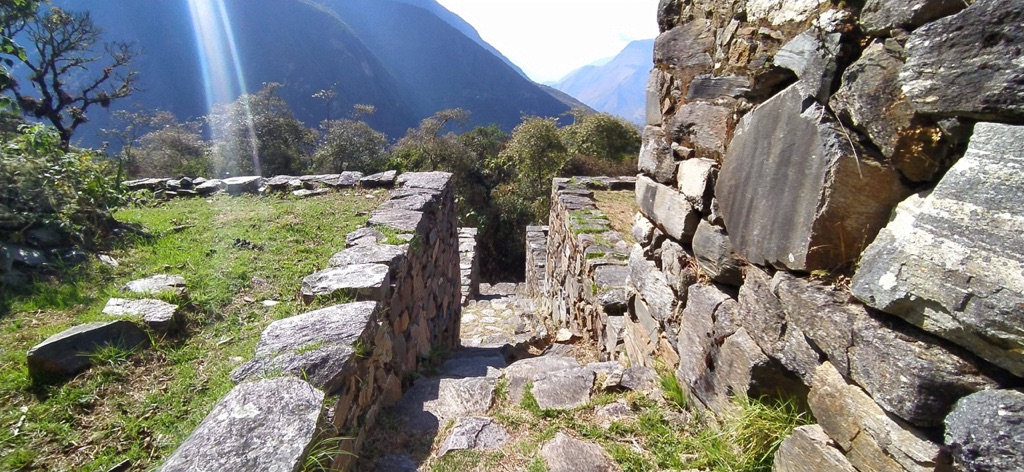
For further reading and information, the following sources are recommended:

